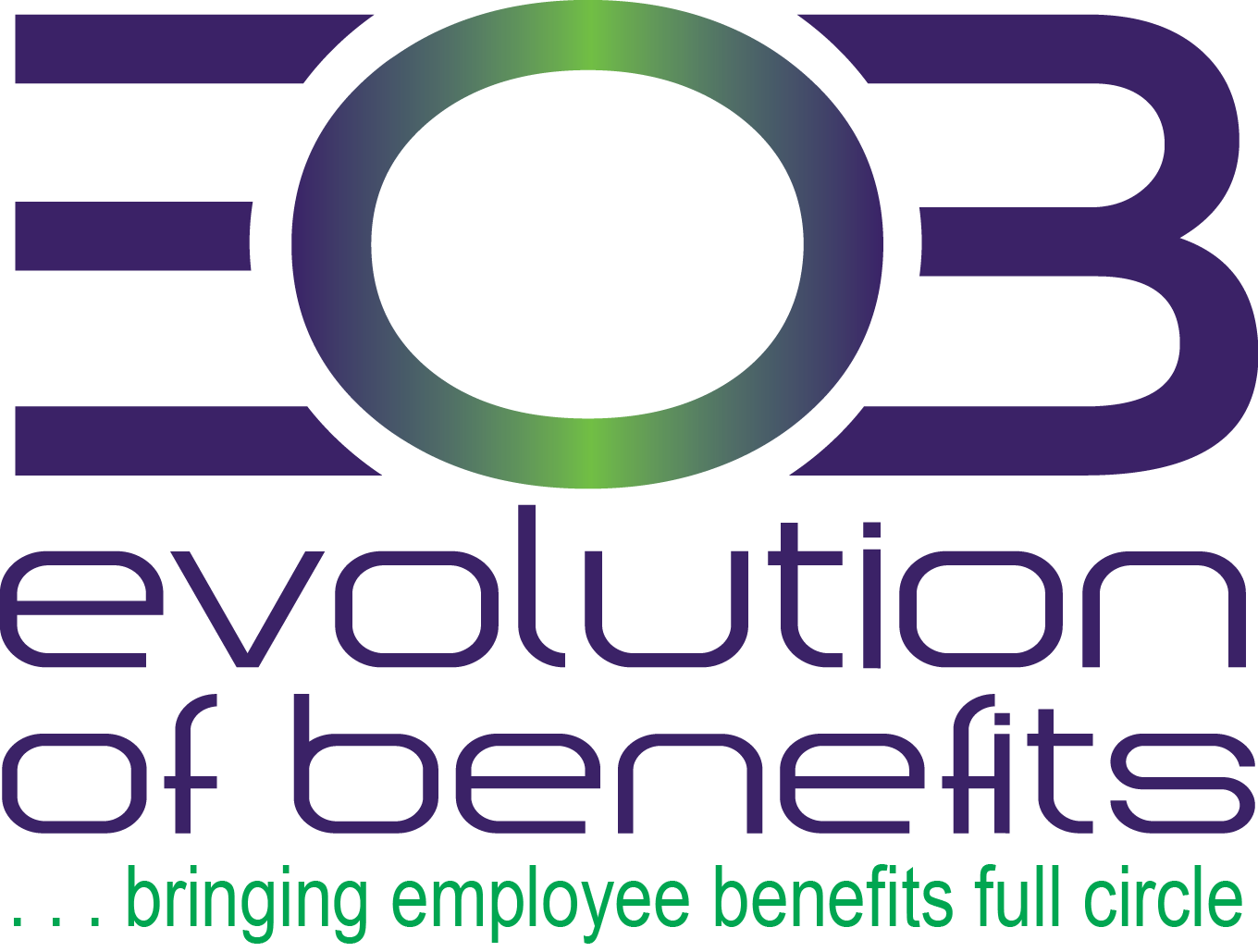Legal Update: EEOC Releases 2024 Litigation Data, Showing a Decrease in Lawsuits

On Oct. 9, 2024, the U.S. Equal Employment Opportunity Commission (EEOC) released litigation data for fiscal year (FY) 2024, which covers Oct. 1, 2023,through Sept. 30, 2024. The data shows an overall decrease in litigation;however, of the lawsuits filed, the EEOC focused on emerging issues, such as pregnancy discrimination, and advancing the rights of underserved and vulnerable workers
Compliance Bulletin – Educational Assistance Programs Can Help Pay Student Loans Through 2025

The IRS is reminding employers who offer educational assistance programs that they can also use them to help pay for their employees’ student loans. Though educational assistance programs have been available for many years, the option to use them to pay for student loans has only been available for payments made after March 27, 2020. Under current law, this student loan provision is set to expire Dec. 31, 2025.
In most cases, educational benefits are excluded from federal income tax withholding, Social Security tax, Medicare tax and federal employment (or FUTA) tax. By law, tax-free benefits under an educational assistance program are limited to $5,250 per employee per year, and assistance provided above this level is typically taxable as wages.
Legal Update: CMS Releases Cost-Sharing Limits for 2026 Plan Years

On Oct. 8, 2024, the Centers for Medicare and Medicaid Services (CMS) released the maximum limits on cost sharing for 2026 under the Affordable Care Act(ACA). For 2026, the maximum annual limitation on cost sharing is $10,150 for self-only coverage and $20,300 for family coverage. This represents an approximately 10.3% increase from the 2025 limits of $9,200 for self-only coverage and $18,400 for family coverage.
News Brief: Report Finds That Commuter Benefits May Help Employees Return to Office

A recent report by transit benefit vendor Jawnt found that commuter benefits may help encourage employees to return to theoffice. With more employers pushing for in-person work, many organizations are struggling to motivate their staff.
The study, which surveyed over 400 HR professionals, revealed how these benefits might impact return-to-office (RTO) initiatives. As companies continue to navigate the challenges of post-COVID-19-pandemic work arrangements, incentives such as commuter benefits could prove to be a valuable tool.
“The only way to offer a best-in-class commuter benefits experience is to genuinely understand our users—not just assume their needs.”
-Jeff Stade, CEO and co-founder of Jawnt
Compliance Overview – What Employers Should Know About Seasonal Employment

Many organizations rely on seasonal workers to supplement their regular workforce during peak times. This often occurs during busy seasons or holidays, as there’s an influx of business activity. While similarities exist, there are important differences between seasonal and regular employment. Due to these differences, hiring and reliance on seasonal workers can present significant and unexpected challenges for employers.




















